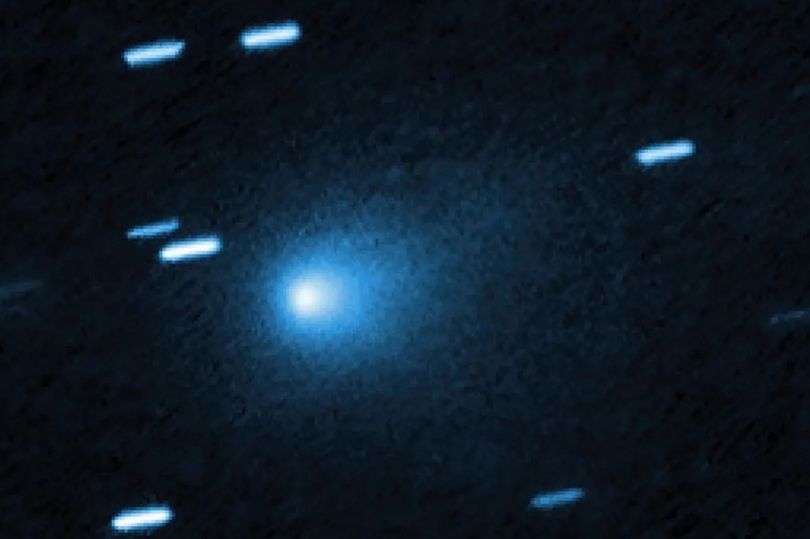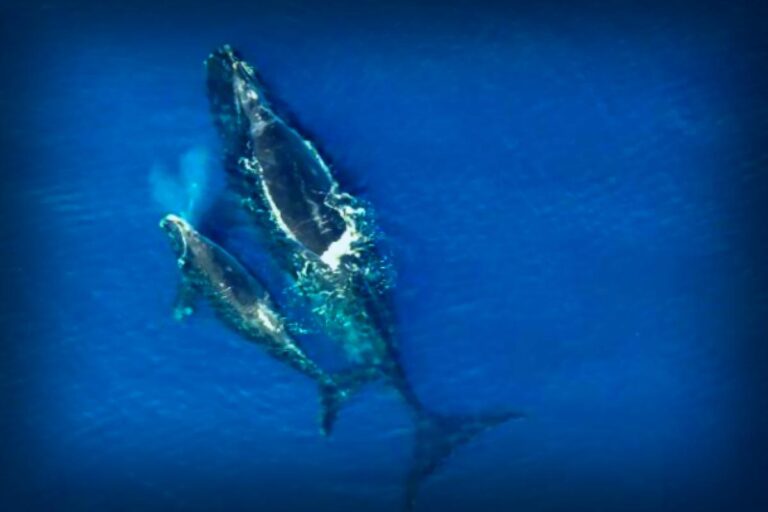Could There Be Life in Space?
A NASA expert has put forward the compelling idea that there might actually be some form of life lurking in the vast oceans of a dwarf planet. As astrobiologists explore the edges of our solar system, they find themselves frequently astonished by what they encounter.
Meet Ceres
Ceres is classified as a dwarf planet but is technically an asteroid. What makes it a dwarf planet is its significant mass, which allows it to take on a spherical shape due to gravity. Dr. David Grinspoon from NASA suggests that Ceres may still contain liquid water beneath its surface—an exciting prospect for the potential of life.

Exciting Discoveries from Space Missions
Explorations of this celestial body have yielded more insights than many researchers initially anticipated. Grinspoon revealed during an interview with WIRED, “We recently dispatched a spacecraft to Ceres, and what we discovered was quite unexpected.”
One of the most baffling findings is a brilliant white area on Ceres that has been identified as a salt deposit, suggesting that liquid water once existed here. This salt could indicate that the composition of Ceres’ ancient waters resembled the salty oceans we have on Earth.
Grinspoon noted, “The most captivating feature was a crater filled with this salt deposit, which is clear evidence that Ceres was once covered in water.” He asserted, “This suggests Ceres was perhaps a water world, and it might still have liquid water lying beneath the surface.”
Ongoing Hope for Life
Such revelations are thrilling for the scientific mindset on astrobiology as they underscore that dwarf planets like Ceres could have previously provided habitable environments within their interiors.
He emphasized that it’s conceivable the conditions needed for life as we know it may still exist. “Could it be that some of these planets currently maintain those life-enabling oceans? Who knows?” said Grinspoon.
He further illustrated the relentless curiosity that drives scientists as they investigate the cosmos: “The more we probe into our solar system, the more surprised we become about the vibrant activity on these once-thought ‘dead’ planets.”
Water is seen as a vital element for sustaining life, and recent experiments have demonstrated that the basic components essential for life can form quite effortlessly.
Ceres, positioned in the asteroid belt between Mars and Jupiter, is the most significant object in that region. It’s also known for its enigmatic “alien mystery lights”, now identified as salt deposits flashing from the surface.




















